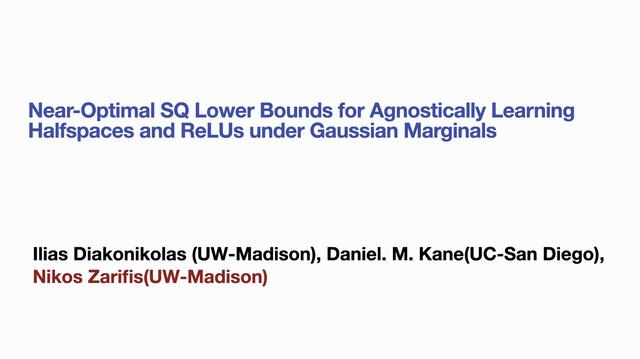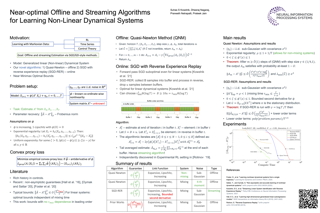Abstract:
In multiclass classification, the goal is to learn how to predict a random label $Y$, valued in $\mathcal{Y}=\{1,\; \ldots,\; K \}$ with $K\geq 3$, based upon observing a r.v. $X$, taking its values in $\mathbb{R}^q$ with $q\geq 1$ say, by means of a classification rule $g:\mathbb{R}^q\to \mathcal{Y}$ with minimum probability of error $\mathbb{P}\{Y\neq g(X) \}$. However, in a wide variety of situations, the task targeted may be more ambitious, consisting in sorting all the possible label values $y$ that may be assigned to $X$ by decreasing order of the posterior probability $\eta_y(X)=\mathbb{P}\{Y=y \mid X \}$. This article is devoted to the analysis of this statistical learning problem, halfway between multiclass classification and posterior probability estimation (regression) and referred to as \textit{label ranking} here. We highlight the fact that it can be viewed as a specific variant of \textit{ranking median regression} (RMR), where, rather than observing a random permutation $\Sigma$ assigned to the input vector $X$ and drawn from a Bradley-Terry-Luce-Plackett model with conditional preference vector $(\eta_1(X),\; \ldots,\; \eta_K(X))$, the sole information available for training a label ranking rule is the label $Y$ ranked on top, namely $\Sigma^{-1}(1)$. Inspired by recent results in RMR, we prove that under appropriate noise conditions, the One-Versus-One (OVO) approach to multiclassification yields, as a by-product, an optimal ranking of the labels with overwhelming probability. Beyond theoretical guarantees, the relevance of the approach to label ranking promoted in this article is supported by experimental results.









































